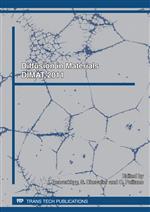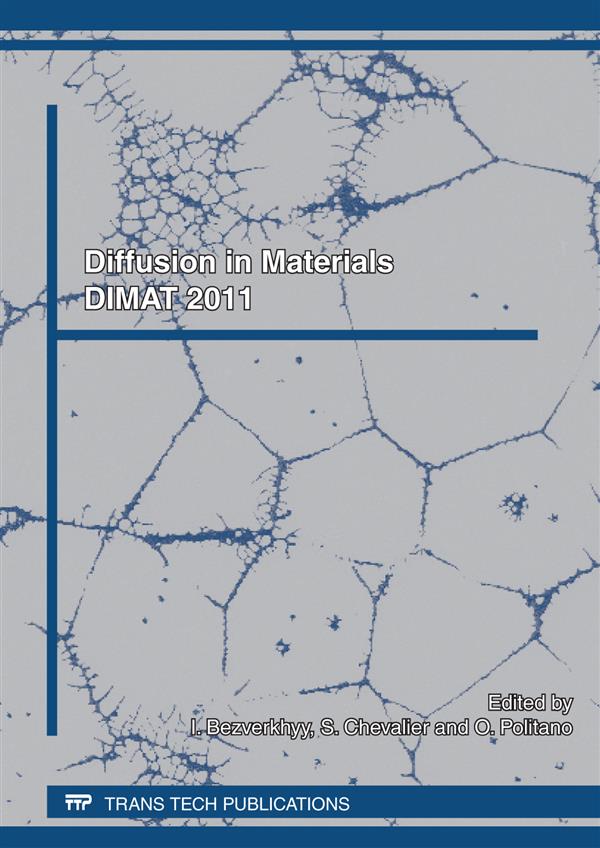Engineering Research
Materials Science
Engineering Series
Diffusion in Materials - DIMAT 2011
Description:
Volume is indexed by Thomson Reuters CPCI-S (WoS).
This volume comprises most of the contributions presented at DIMAT 2011: 4 plenary lectures delivered by famous high-level scientists plus 88 contributions in the form of keynote lectures, talks and posters.
Purchase this book:
Info:
Review from Ringgold Inc., ProtoView:
The concept of diffusion is used to explain the reactivity of solid materials when they are heated, transformed, elaborated, and the conference presents new theoretical and applied findings. The 89 papers cover diffusion fundamentals, numerical studies, nanomaterials and grain boundaries, nuclear and alternative energies, diffusion in non-metallic materials, corrosion processes, coatings and thin films, electronic materials, alloys and intermetallics, and high and micro gravity materials science. The plenary lectures cover atomic transport and reaction in nano-structured materials; the formation and migration energy of native defects in silicon carbide from first principles; diffusion aspects in high temperature corrosion and in developing protective coatings; and grain boundary diffusion, stresses, and segregation.

